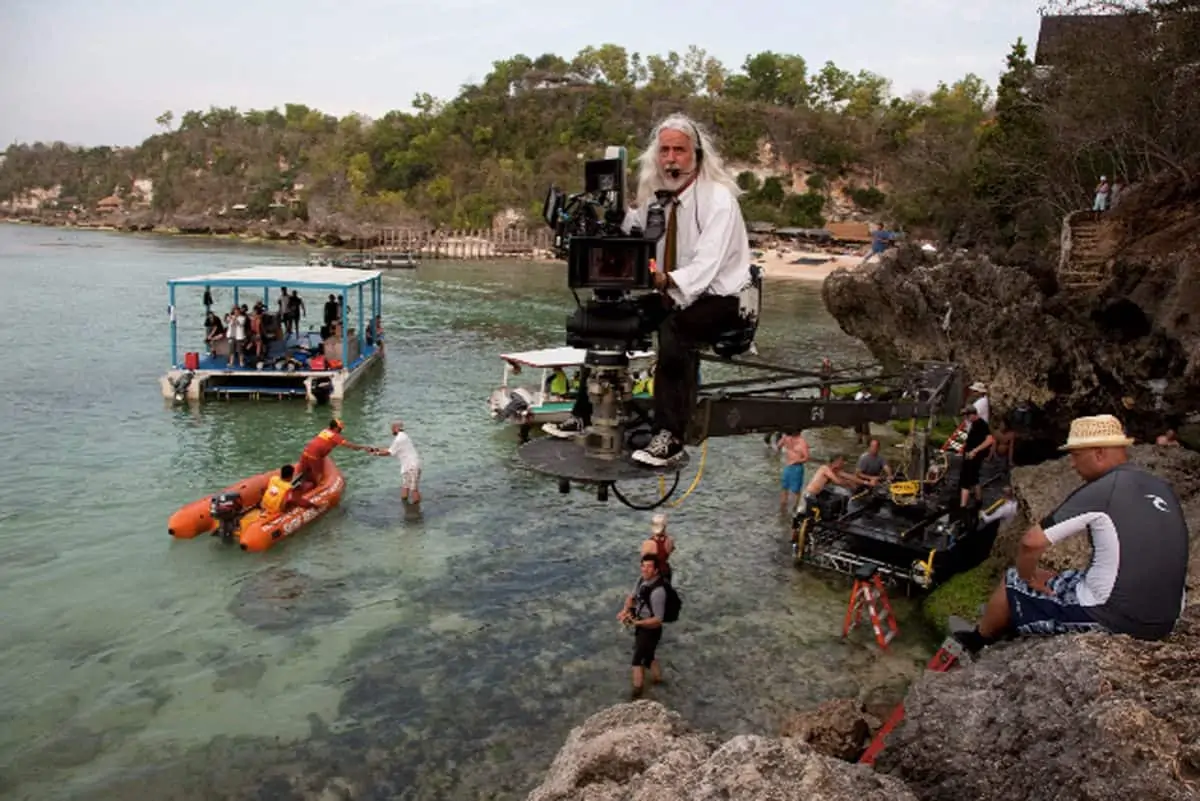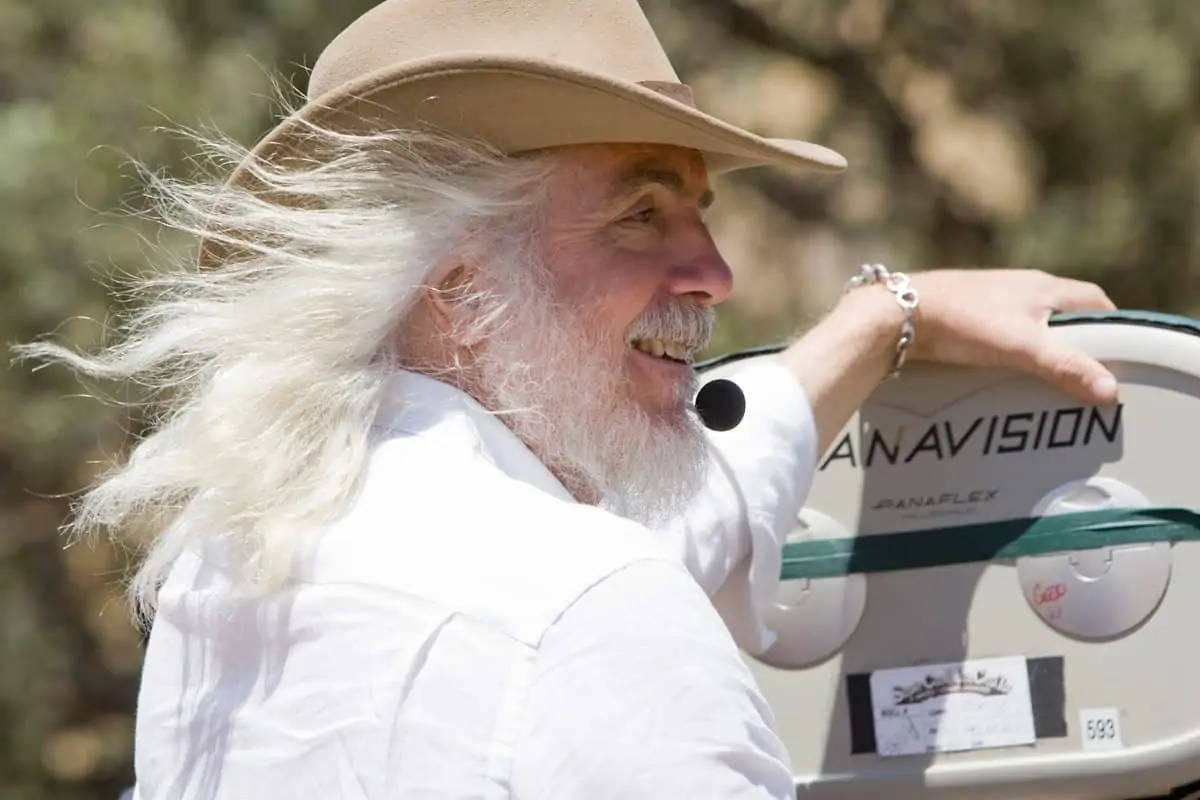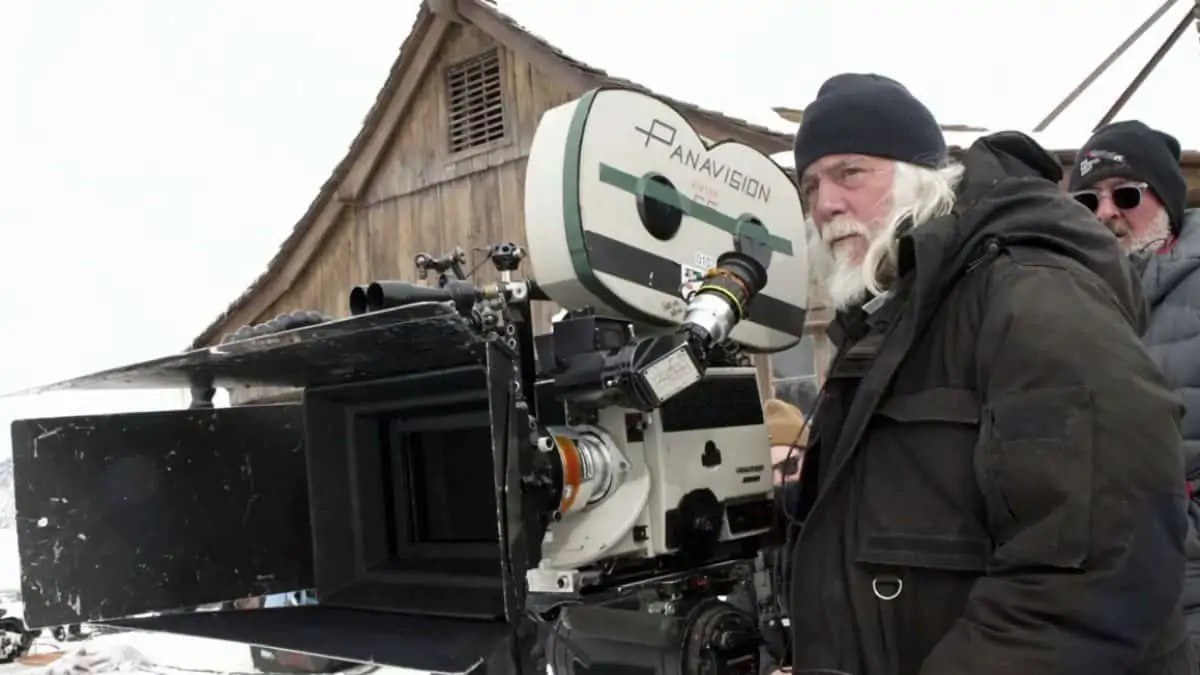A Matter Of Life And Death
Robert Richardson ASC / A Private War
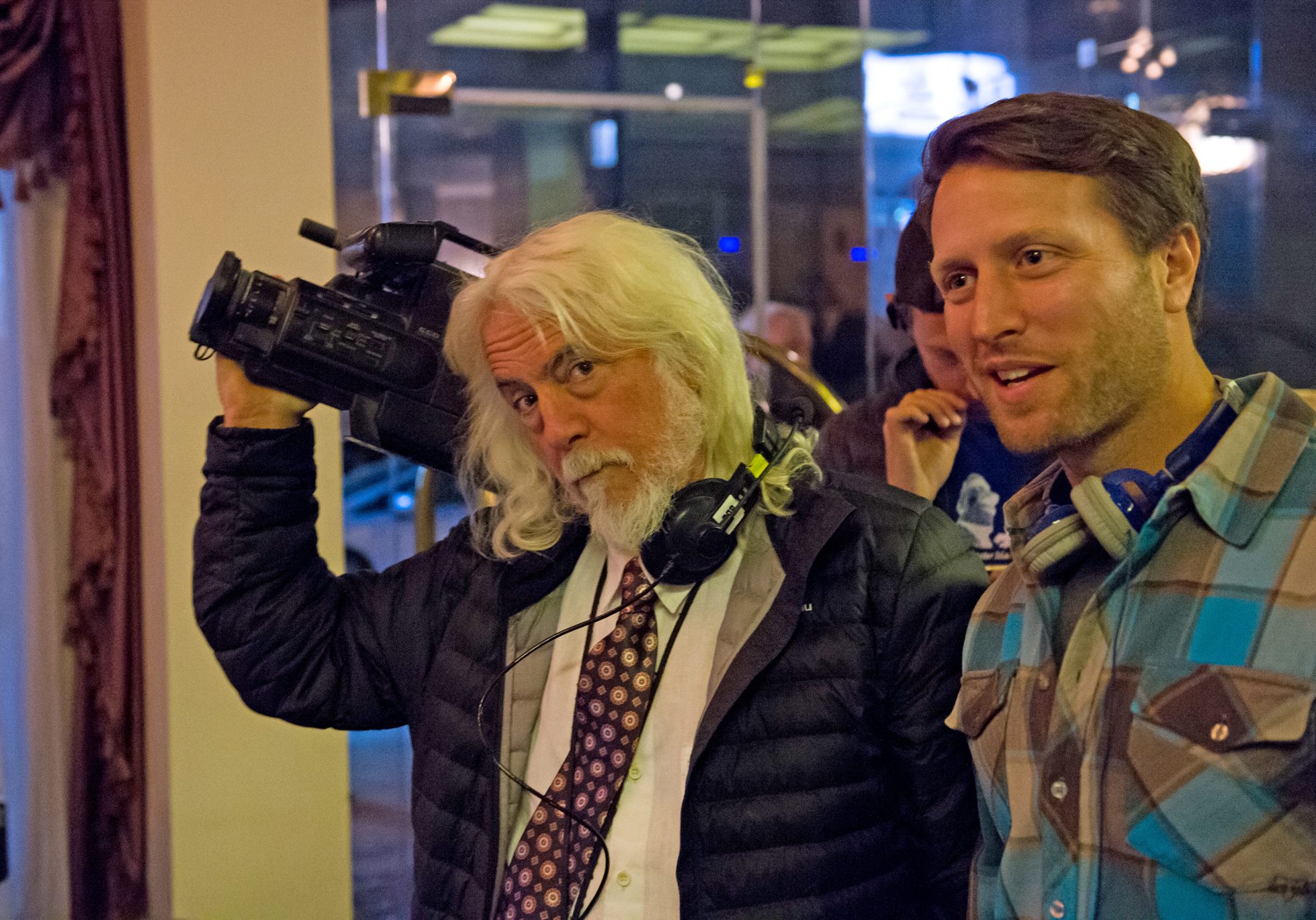
A Matter Of Life And Death
Robert Richardson ASC / A Private War
WANT TO READ IT ALL?
Below is only a teaser, and the full interview can be found in the March 2019 issue (92) of British Cinematographer magazine.
If you purchase a year's digital subscription from just £30, or a year's all-inclusive subscription from just £64, you can read the interview in Issue 92 by clicking HERE. You will also receive access to the rest of our extensive back catalogue.
CLICK TO BUY A DIGITAL SUBSCRIPTION
CLICK TO BUY A PRINT & DIGITAL SUBSCRIPTION
BY: Ron Prince
Marie Colvin (January 12, 1956 - February 22, 2012) was an award-winning American journalist who worked as a foreign affairs correspondent for The Sunday Times newspaper from 1985 until her death.
One of the most celebrated war correspondents of modern times, Colvin was an utterly fearless and rebellious spirit, driven to the frontline of conflicts across the globe in order to give voice to the voiceless.
In 2001, whilst trekking with the Tamil Tigers, she and her crew were ambushed by the Sri Lankan Army. Despite her attempt to surrender, an RPG wounded her to the point that she lost her left eye, forcing her to wear an eye-patch thereafter.
Despite PTSD and subsequent arguments with her newspaper boss, Colvin was determined to look for fresh stories. She visited Syria in 2012, with photographer Paul Conroy, to do a story about the city of Homs, then under siege by the county's military in an attempt to root out the Syrian opposition.
However, on 22 February 2012, Colvin and French photographer Rémi Ochlik were killed when a rocket hit their safe house. The day before her death, Colvin had spoken to CNN and other media outlets about the "absolutely sickening", indiscriminate attacks on civilians as the government pursued its objectives.
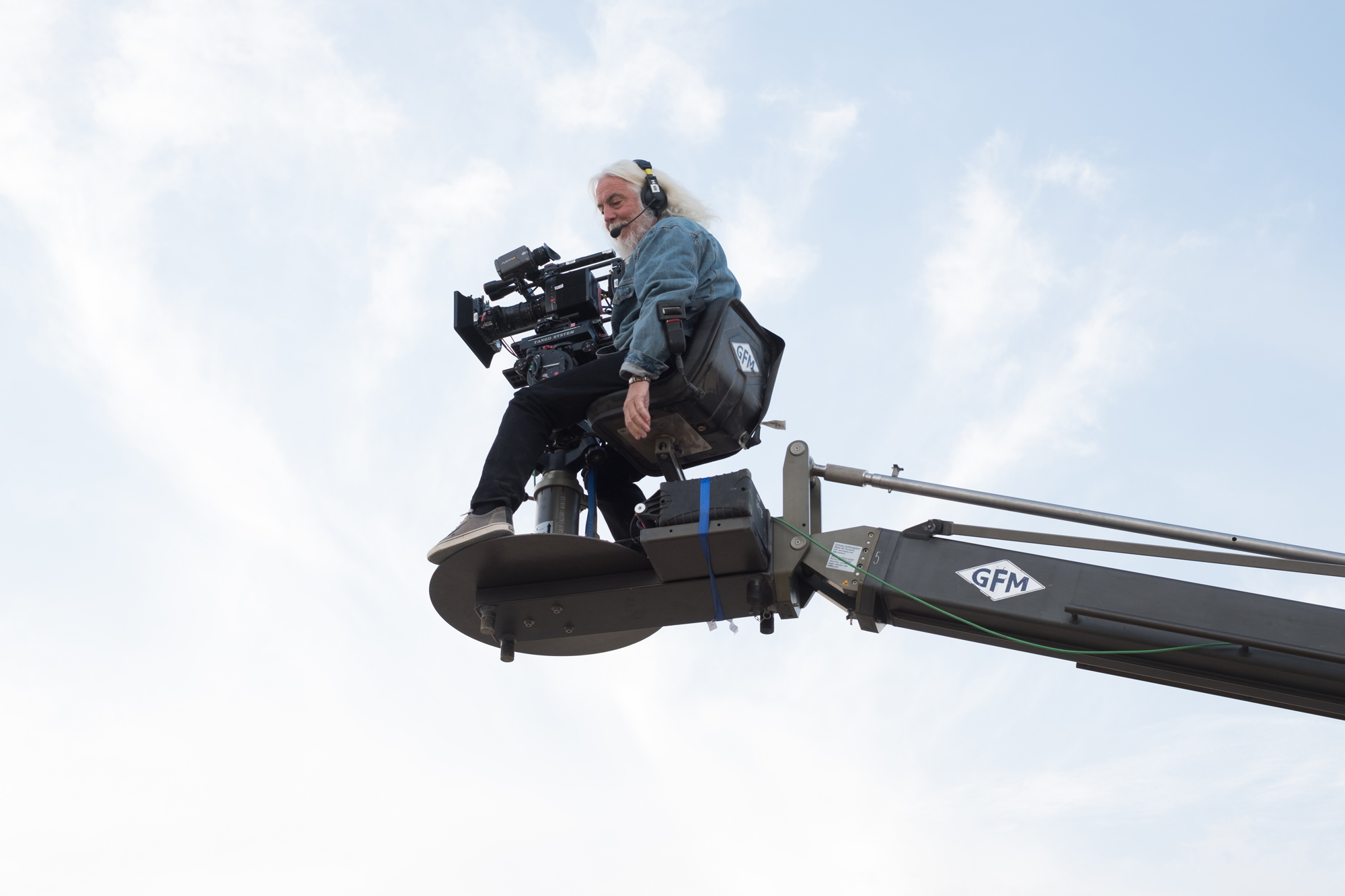
Colvin's story is told in the highly-acclaimed biographical drama A Private War, directed by documentary filmmaker Matthew Heineman, making his feature debut, starring Rosamund Pike as Colvin. The production was shot by cinematographer Robert Richardson ASC - the winner of three Oscars, for JFK (1991), The Aviator (2004) and Hugo (2011), and the 2019 recipient of the prestigious ASC Lifetime Achievement Award.
The $10m film is based on the 2012 article entitled "Marie Colvin's Private War" in Vanity Fair by Marie Brenner, and was written by Arash Amel. Alongside Pike, it stars Jamie Dornan as Paul Conroy, with Tom Hollander cast as Sean Ryan, The Sunday Times' foreign editor and Colvin's boss. It also features an original song by Annie Lennox, entitled "Requiem For A Private War".
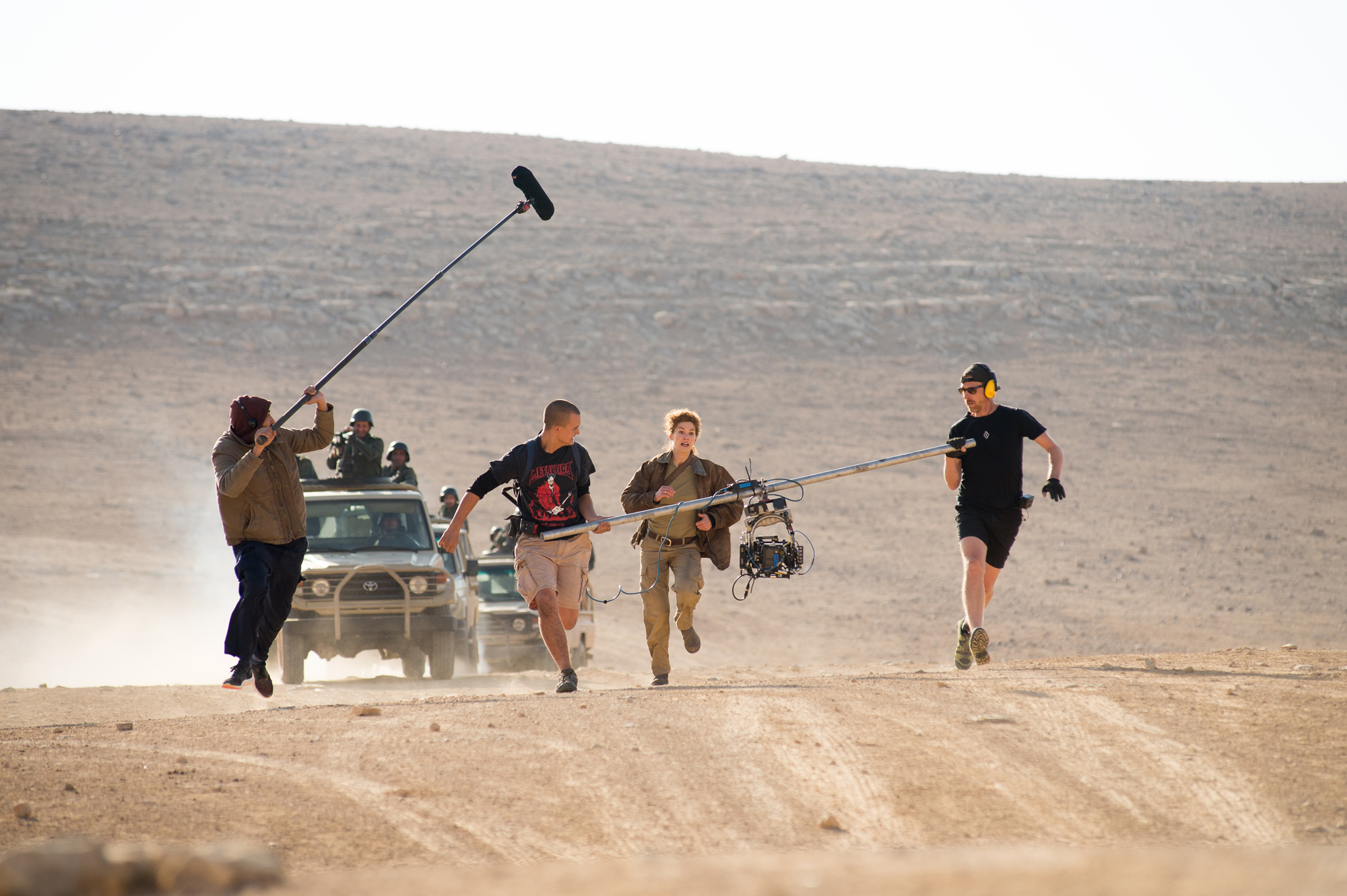
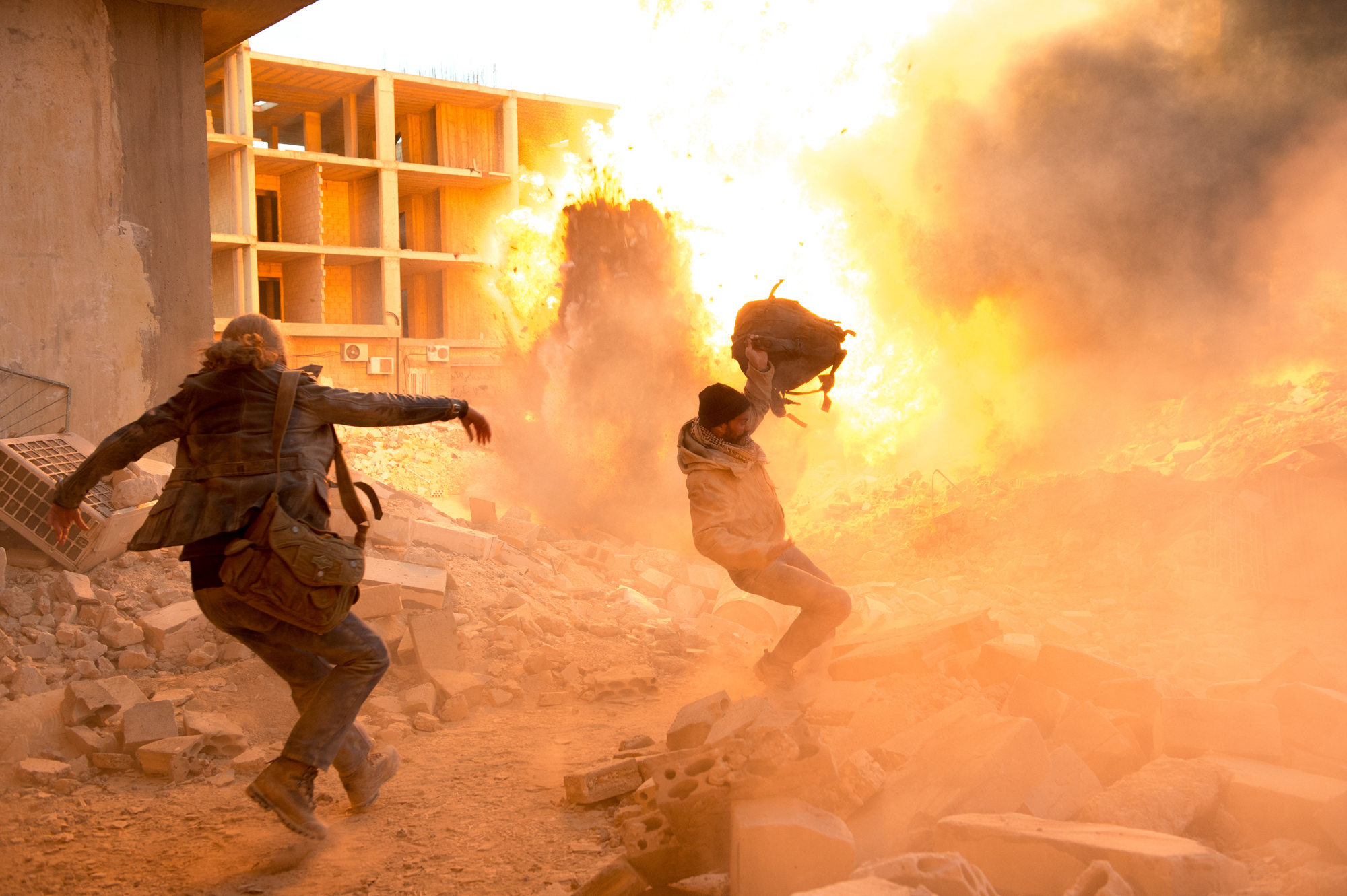
The sophisticated and psychologically immersive film premiered at the 2018 Toronto International Film Festival. At the 76th Golden Globe Awards, the film earned Pike a nomination for Best Actress In A Motion Picture, and Best Original Song for "Requiem For A Private War", whilst director Heineman received a nomination for Outstanding Directorial Achievement of a First Time Feature Film Director from the Directors Guild Of America.
Richardson had four weeks to prep the production, before principal photography began at locations in and around Amman, Jordan, followed by a stint in London. Shooting took place over 37 production days, primarily to a five-day week schedule.
So why did Richardson agree to work on A Private War, the first narrative feature directed by Heineman?
"What drew me to the idea of shooting A Private War was the subject - Marie Colvin herself," he explains. "I had a moderate familiarity regarding Marie's writings and had seen the documentary Bearing Witness (2005, DPs Joan Churchill/Barbara Kopple/Marijana Wotton) years before, in which Marie's bold and brilliant mind was on display, alongside other female journalists working in combat zones. Marie's reporting spoke for those who were in the middle of the wars she covered, and her words turned my heart. I thought that Marie's work in Syria, which is still poignant today, needed to be voiced.
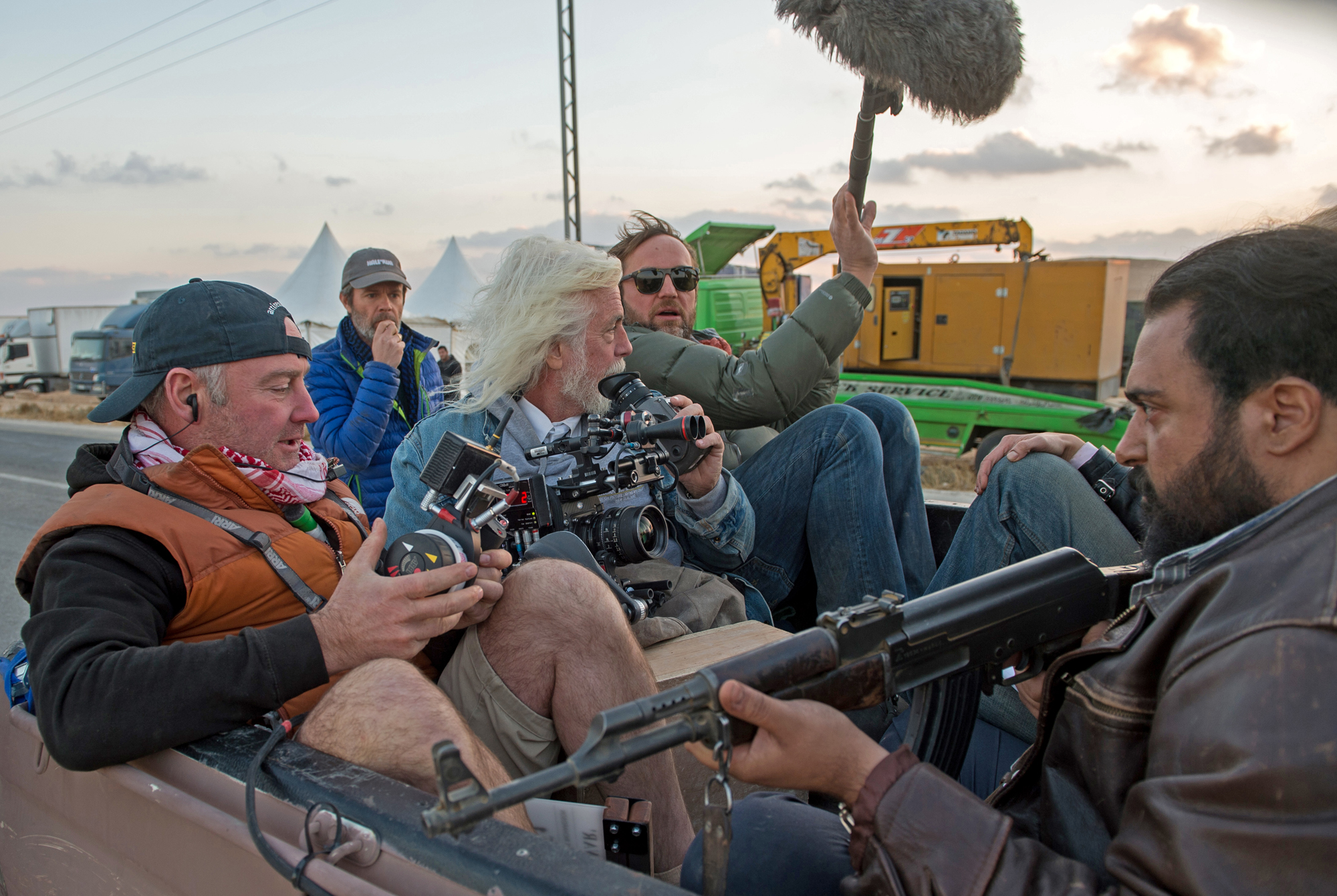
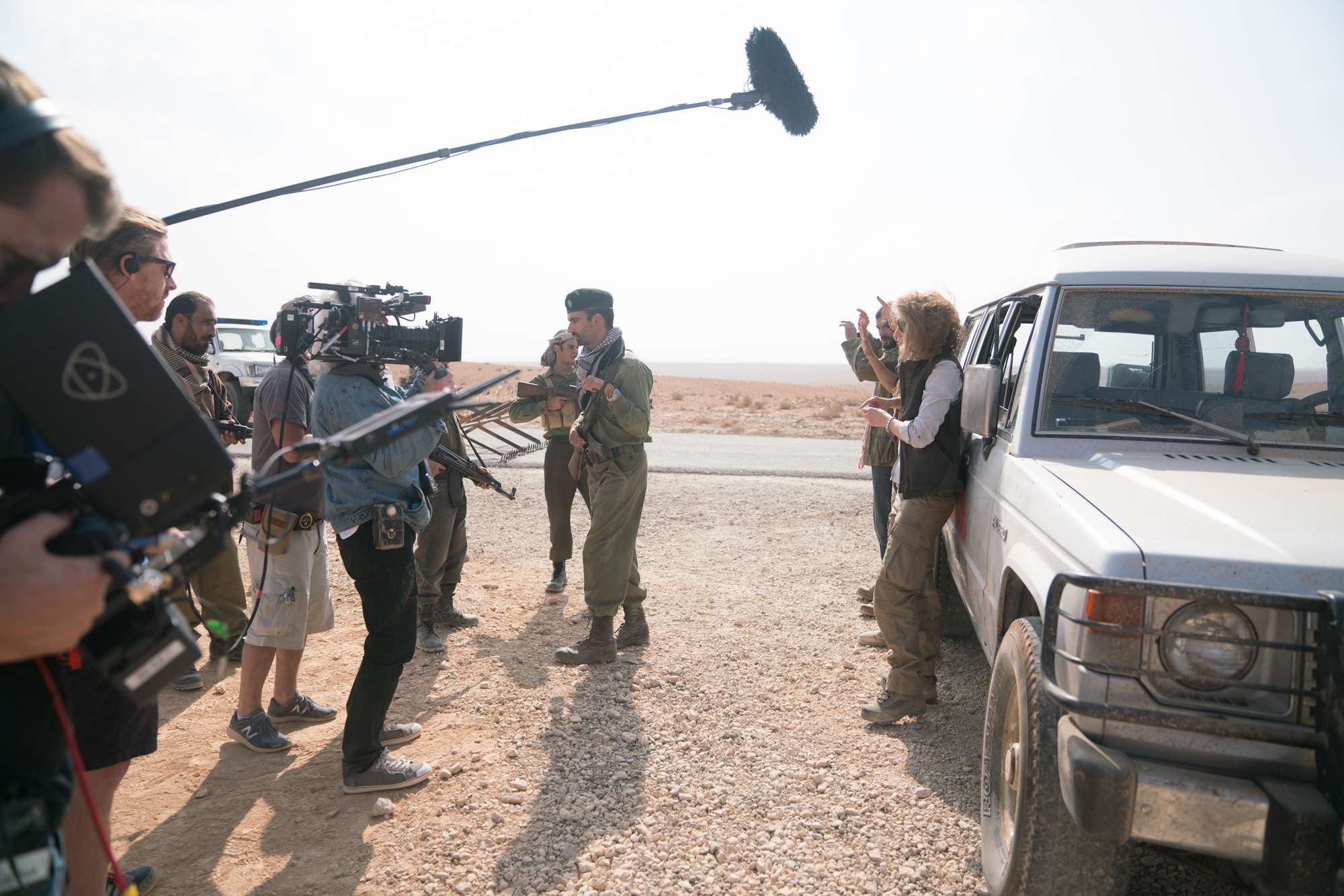
"There was no physical room in the tunnels, which made shooting difficult for either Steadicam, which barely fitted, or myself doing handheld. The vast majority of light was supplied by the actors who carried the torches."
- Robert Richardson ASC
"Hence, when my agent proposed reading the script it was an emphatic 'yes' from me. When I asked who was directing, I was told that it would be Matthew, director of Cartel Land (2015, DPs Matthew Heineman/Matt Porwoll) a film I deeply admired, and City Of Ghosts, which moved me greatly. I felt, before even reading the script, that this was an opportunity to shoot a film with a director who was uncompromising and brave, and that it would have significance in a time when films rarely do at this level."
Richardson recalls being struck by Heineman's "remarkable mind and courageous soul," when the pair first met to discuss A Private War. "We talked about his work and other documentaries that had moved us both through time, and that cemented my interest. Our discussions centered on creating a film that felt as close to the principals by which one would shoot a documentary. The camera needed not to feel forced, and the viewpoint would be Marie's as much as possible.
"In terms of lighting, we agreed on creating as natural a feel as possible: to utilize what was given, and not what we could give. We were primitive in our desire in respect to lighting. We were not looking for ugly; we were looking for natural, but with a voice. That included working primarily with handheld or Steadicam when the action took place in the countries that Marie was reporting from. When the action took place in London, the camera, or cameras, were more often on the dolly or a tripod."
READ IT ALL
The full interview can be found in the March 2019 issue (92) of British Cinematographer magazine.
If you purchase a year's digital subscription from just £30, or a year's all-inclusive subscription from just £64, you can read the interview in Issue 92 by clicking HERE. You will also receive access to the rest of our extensive back catalogue.


